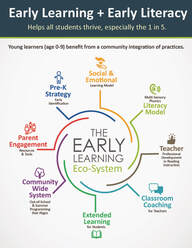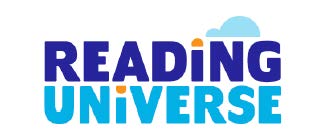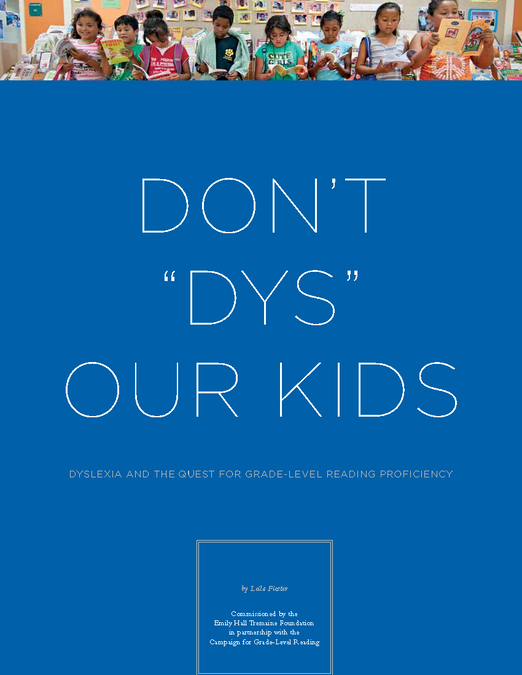Learning Differences: Resources
|
Download the latest version of the Emily Hall Tremaine Foundation's Early Learning Ecosystem.
|
|
Reading Universe is an online service that provides evidence-based strategies and practical guidance to help educators and parents teach their children to read.
|
|
Understood.org is a Webby-winning online resource to support parents of the 1 in 5 children with learning and attention issues throughout their journey.
|

Original Research
|
DON'T DYS OUR KIDS
Dyslexia and the Quest for Grade-Level Reading Proficiency In 2012, The Emily Hall Tremaine Foundation and Campaign for Grade-Level Reading created a comprehensive report and action plan for helping children with learning disabilities reach grade-level reading proficiency. About 2.4 million children across the nation have been diagnosed with learning disabilities – but how successful is the U.S. education system in teaching these students to read? This new report provides a far-reaching overview of the history and progress in understanding and meeting the needs of children with dyslexia, as well as the persisting challenges that must be overcome, to ensure that all students can read proficiently by the third grade. Don’t Dys Our Kids also highlights best practices and examples of solutions that are already working in communities. Based on interviews with nearly 30 experts, the report includes a collection of recommended actions for advancing this movement.
| |||||||||||||||||||
2010 ROPER POLL
In 2010, EHTF commissioned a Roper Poll to track the attitudes of teachers, parents and public opinion on learning disabilities. The poll showed that parents and educators are dangerously confused about learning disabilities but also support greater government funding for intervention. The study conducted telephone interviews with a nationally representative sample of American adults with sub-samples of parents, teachers and school administrators. It uncovered troubling misunderstandings about the definition, root causes, and interventions that impact public policy and legislation that support children who learn differently.
Key findings of the study:
• A majority of the public and parents mistakenly believe learning disabilities are often a product of the home environment.
• A majority (51%) think that what people call learning disabilities are the result of laziness.
• More than two-thirds of parents think specific signs of learning disabilities are something a 2-4 year old will grow out of and are therefore are more likely to delay seeking professional help.
• Though the public agrees that children with learning disabilities are of normal or above-normal intelligence, 80 percent of the general public, parents and teachers associate mental retardation and autism with a learning disability.
• Almost four in ten mistakenly associate learning disabilities with sensory impairments like blindness and deafness.
In 2010, EHTF commissioned a Roper Poll to track the attitudes of teachers, parents and public opinion on learning disabilities. The poll showed that parents and educators are dangerously confused about learning disabilities but also support greater government funding for intervention. The study conducted telephone interviews with a nationally representative sample of American adults with sub-samples of parents, teachers and school administrators. It uncovered troubling misunderstandings about the definition, root causes, and interventions that impact public policy and legislation that support children who learn differently.
Key findings of the study:
• A majority of the public and parents mistakenly believe learning disabilities are often a product of the home environment.
• A majority (51%) think that what people call learning disabilities are the result of laziness.
• More than two-thirds of parents think specific signs of learning disabilities are something a 2-4 year old will grow out of and are therefore are more likely to delay seeking professional help.
• Though the public agrees that children with learning disabilities are of normal or above-normal intelligence, 80 percent of the general public, parents and teachers associate mental retardation and autism with a learning disability.
• Almost four in ten mistakenly associate learning disabilities with sensory impairments like blindness and deafness.
| 2010_tremaine_report_of_findings_september_2010.pdf | |
| File Size: | 386 kb |
| File Type: | |




